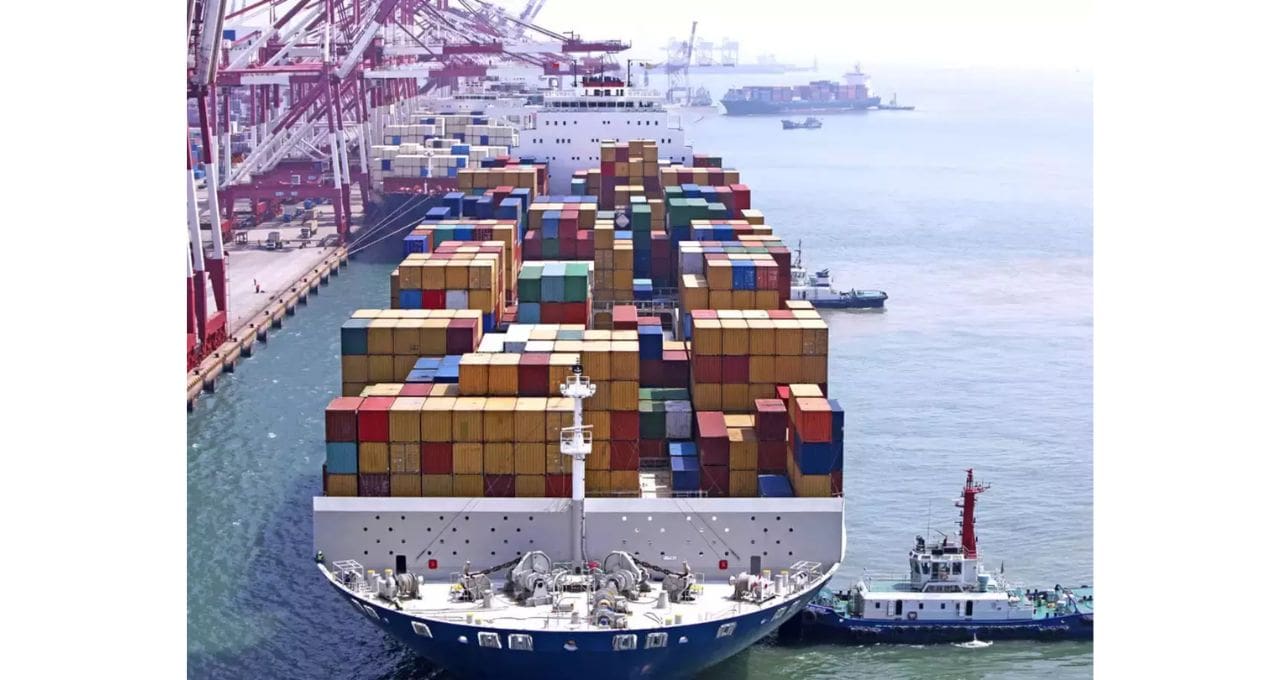The PM delivered a clear message to the industry, urging it to adopt cutting-edge technologies, up its game, and put quality first. He added that exporters and the government had to move together. In this vein, the ministry of business and industry frequently engages exporters.
In 2021–2022, India’s exports of goods increased dramatically to a record $422 billion. With this accomplishment, Indian exports broke the previous record of $330 billion and entered a different league. The export of services reached a new high of $254.53 billion. Several experts believed that the performance of exports of goods was a one-time event that would be challenging to repeat.
Even though our foreign trade strategy, like every other policy of PM Modi’s, served as the catalyst for the record-breaking performance, The welfare of the poor and the national interest are of utmost importance to the Modi administration. The Modi administration places a higher priority on helping the underprivileged and assisting small businesses than breaking records. The government limited or discouraged the export of a number of goods and commodities, including wheat, sugar, rice, iron ore, steel, and petroleum, in an effort to keep domestic prices under control. This improved domestic supply stability, benefited consumers, and protected small enterprises from volatility. India’s inflation remained substantially lower than that of the West as a result. Without these deliberate measures, our merchandise exports would have been far larger.
The Modi administration has gone above and above to improve business conditions for manufacturers, provide world-class infrastructure, inspire small firms to think globally, boost quality standards, and To support our exporters, open new markets through trade agreements. Some of the initiatives that support all businesses and increase exports include the PM Gati Shakti National Masterplan, the Jan Vishwas Bill, business-friendly initiatives, the national logistics policy, single-window clearance, PM MITRA textiles parks, and the quick construction of motorways and rural roads. Results are also being seen from the Modi government’s measures to promote exports in new industries. For instance, India’s defence exports in 2022–23 reached a record high of 15,920 crore and are expected to soar in the next years. It was correctly noted by the PM, who has successfully led India’s export strategy, that this was a clear demonstration of India’s talent and excitement for “Made in India.”
India has also become a significant market. toy exporter after being nearly entirely dependent on imports. The sector recovered thanks to the Modi government’s policy of enforcing quality control and assisting manufacturers. As a result, exports of electronics products—manufactured in India by world-renowned firms like Apple—have also experienced phenomenal growth. Another fascinating development stemming from the PM’s Digital India programme is the export of services. The Modi administration’s forceful and decisive actions have created a solid digital infrastructure that has enabled India to easily adapt to working from home throughout the pandemic. India emerged as a “trusted partner” for the rest of the globe thanks to the extraordinary growth of its digital infrastructure and the passion and tenacity of its citizens. India is exporting more services than ever before, and ready to break records, but obstacles lie ahead. The predictions for global economic growth from the World Bank and IMF are not promising. The outlook for global trade is likewise bleak, according to the World Trade Organization. The development engines of the Indian economy are nevertheless strong despite these obstacles. This gives us hope that by 2030, exports of commodities and services will both reach $1 trillion.
The average man and businesses in India have more power because to the country’s digital infrastructure, which has helped the nation survive the pandemic and preserve business activity, including exports. The International Monetary Fund (IMF) has praised India’s efforts in a working paper. “With the use of this digital infrastructure, India was able to immediately assist a significant number of low-income households during the pandemic. In the Almost 87 percent of impoverished households received aid during the pandemic’s first few months, it said. “India’s story illustrates lessons for other countries beginning on their own digital revolution.

